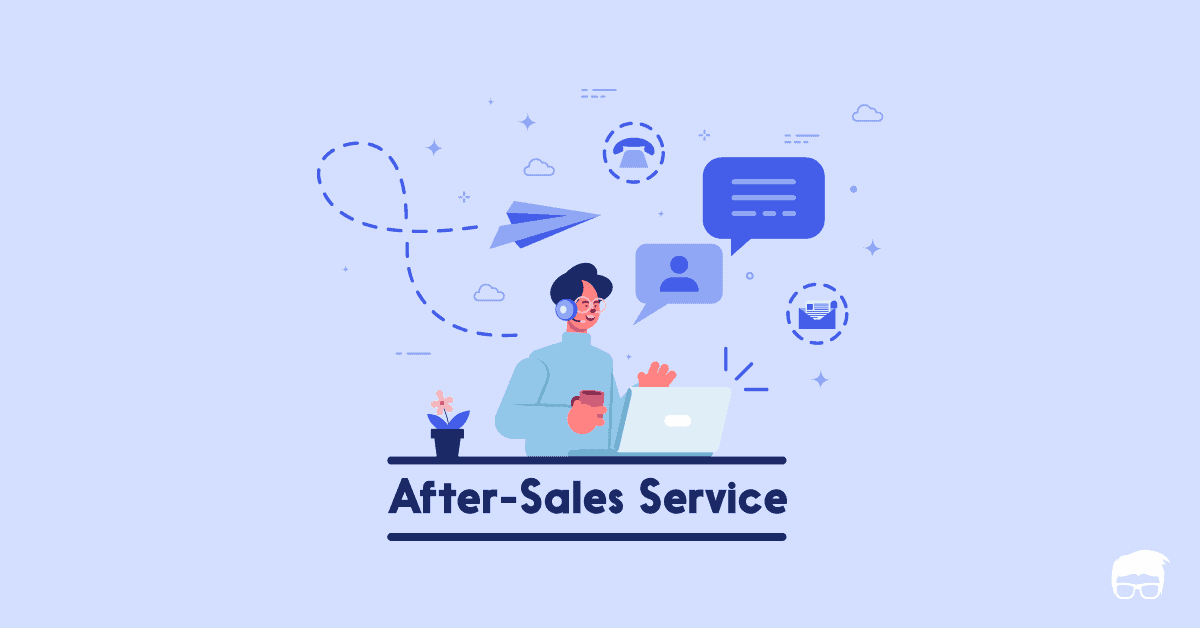Just a good product isn’t enough anymore – customers today expect a great experience too. They’ll complain online, leave poor reviews and take their business elsewhere if they’re not happy.
That’s why customer satisfaction is so important for businesses. It’s a key metric for measuring success and it has a direct impact on your bottom line.
But what does it mean to deliver excellent customer satisfaction? How can you improve customer satisfaction and ensure that the client that contacts your firm has a positive experience?
Let’s uncover ways to elevate your customer service satisfaction to the best in your business.
Understanding Customer Satisfaction
Customer satisfaction is a measurement of how well a company meets the needs and expectations of its customers.
It’s often used as a key metric to track the success of a business and its ability to retain customers.
A satisfied customer is more likely to do business with you again and recommend your products or services to others. They’re also less likely to shop around for alternatives or take their business elsewhere.
Importance Of Customer Satisfaction
Customer satisfaction and customer retention are intricately related.
Satisfied customers are more likely to stay with you and do business with you again. They’re also more likely to refer others to you.
In fact, according to research, acquiring new customers is quite expensive. But, on the other hand, retaining old customers is 5 to 25 times more valuable than acquiring new ones.
According to Bain & Co, a “5% increase in customer retention produces more than a 25% increase in profit.” And, you can’t have loyal customers for your business if they aren’t satisfied or happy with your services.
You should also know those unsatisfied and unhappy clients will not hesitate to go to your competitors for better customer service. It takes 12 good experiences to compensate for a bad one. Unsatisfied customers will not stay that long as they choose convenience over anything else. Avoiding friction is essential to going above and making amends to satisfy your customers.
Providing exceptional customer service and pleasing your customers sets you apart from the competition. As per PwC, “73 % of all people refer to customer experience as a significant component in their purchase decisions.”
Moreover, a loyal customer base does more than just add to a high Customer Lifetime Value. They act as your company’s best promoters, bringing in new clients through recommendations. According to a study by Nielsen, 92% of customers trust recommendations from friends and family more than any marketing activity, and 70% trust the opinions they read on the internet.
Factors determining Customer Satisfaction
Customer experience and customer satisfaction are highly related in a way that one cannot exist without the other. Creating a great customer experience is essential to driving customer satisfaction.
A series of customer experiences can impact your customer satisfaction. Each touchpoint is an opportunity to make a lasting impression that will determine whether or not customers remain satisfied with your product or service.
There are many factors that play into customer satisfaction, but the main ones are:
Product Quality
When considering customer satisfaction, the first thing that should spring to your mind is the product itself. After all, how can you expect your customers to be satisfied if you don’t deliver a good product?
Hence, quality should be the cornerstone of your business – without it, you’ll struggle to keep customers satisfied (and coming back for more).
Price
Every customer tends to compare the value they’re getting to the price they’re paying. So, if your product is priced too high, customers will feel like they’re not getting their money’s worth – regardless of how good the product actually is.
On the other hand, if you price your product too low, customers may think that it must be low quality. In either case, you’re likely to see customer satisfaction suffer.
To find the right price point, you’ll need to strike a balance between what your product is worth and what your customers are willing to pay. You can use market research to learn more about what your target audience is willing to spend.
Convenience
Customers seldom go out of their way to do business with you. However, if you make it challenging for them to deal with you, they may seek solutions from other companies.
Convenient payment options, flexible return policies, and easy-to-use websites are all important factors in customer satisfaction.
Review your customer journey and identify any areas where you can make the experience more convenient for your customers.
Customer service
When customers feel like they’re a priority, they’re more likely to remain loyal to your brand.
Great customer service is the key to keeping customers satisfied. Train your team members to be friendly and helpful, and make sure they have the authority to resolve customer issues.
Accessibility
You must ensure that your customers can locate and access your products and services via their preferred channel quickly and easily, with no hurdles or friction.
Also, ensure that your customers can contact your company and receive quality service if they have a query or want assistance deciding on your product or services.
Communication
Effective communication is essential to maintaining customer satisfaction. Use language that your customers will understand and make sure to keep them updated on any changes that might affect them.
Moreover, just focusing on one-way communication from your company to your customers is not enough. You must also make sure to listen to feedback and take it on board to improve the customer experience.
Empathy
Customers want to feel like they are being heard and that their concerns matter to your company. Showing empathy is a great way to build trust and rapport with customers.
Be available to listen to feedback and take action where necessary. Thank customers for their input, even if it is negative, as this shows that you are willing to improve based on their suggestions.
How To Improve Customer Satisfaction?
Improving customer satisfaction can be a challenge, but it’s worth it to invest time and resources into making your customers happy. Here are 11 actionable ways to improve customer satisfaction:
Get Into Your Customer’s Shoes
You need to understand customer psychology to be able to deliver what they want. What are their needs and wants? What are their fears and concerns? How can you address them? By understanding your customer, you will be able to give them what they need and want.
Knowing your customer’s tastes and interests allows you to interact with a personal touch, strengthening your connection with them.
Moreover, loyal customers anticipate exceptional care from you. This way, they feel cared for, respected, and heard.
Reduce Customer Friction
Customer friction is anything that gets in the way of a customer’s happiness. It is the little annoyances and inconveniences that add up to create a bad experience.
To reduce customer friction, you need to identify and remove the pain points in your customer’s journey. This could be anything from a long and complicated checkout process to unhelpful customer service.
Offer Self-Help Options
Companies often underestimate the power of the cheapest service platform, self-help in manuals, tutorials, Q&As, videos, etc. Usually, customers expect a company to have a self-service customer care site. So, keep it lean and up-to-date when you get one for your business.
A simple FAQs page on your site can go a long way in reducing customer effort. If a customer has to struggle to find answers to their questions, they are likely to get frustrated and give up.
Remember that customer satisfaction is not just about getting things right, but also about making things easy for your customer. So, offer self-help options and make it easy for them to find answers to their questions.
Have A Feedback Mechanism
You need to listen to your consumers to grasp their demands better. To do that, you need to have a feedback mechanism in place.
A feedback mechanism allows you to collect customer feedback and use it to improve your products, services, and processes. It also helps you to identify customer pain points and address them accordingly.
There are various ways to collect feedback from your customers. You can use surveys, polls, customer interviews, focus groups, etc.
But whatever you choose, make sure it is easy for your customers to participate and that you act on the feedback you receive.
Moreover, you can use a mix of methods to get a better understanding of your customers’ needs. For example, a mix of analytics and survey data can help you identify problems that your customers are facing.
Use the Right Tools
The right tools can make a big difference when it comes to improving customer satisfaction. They help you to automate tasks, manage your customer relationships better, and collect valuable insights.
Here are some of the best customer satisfaction tools:
- SurveyMonkey: Helps you create surveys and collect responses.
- Monday.com: A project management tool that helps you track customer satisfaction levels.
- Todoist: To help you manage tasks and follow up with customers.
- HubSpot: A complete CRM platform that helps you track and improve all aspects of the customer journey.
- Zendesk: A customer service tool that helps you manage customer queries and complaints.
Follow Up With Customers
A survey conducted by McKinsey reveals that 70% of buying experiences are dependent on how the buyer believes they are treated.
And nothing is more frustrating for a customer than feeling like they are being ignored.
If you have a problem with customer satisfaction, it might be because you’re not following up with your customers enough.
Make sure you have systems in place to follow up with customers after they make a purchase, after they leave a review, and after any interaction they have with your brand. This will show them that you care about their experience and that you’re invested in making things right if something goes wrong.
Use The Right Metrics
It isn’t hard to measure customer satisfaction. Several metrics like Customer Satisfaction Score (CSAT), Net Promoter Score (NPS), and Customer Effort Score (CES) can give you a good idea of how your customers feel.
The Customer Satisfaction Score sees if the customers are happy with your products or services. You measure this by asking customers to rate their satisfaction on a scale from 0-10.
The Net Promoter Score is a bit different. It measures customer loyalty and how likely they are to recommend your product or service to others. You can measure this by asking customers to rate how likely they are to recommend your product or service on a scale from 0-10.
The Customer Effort Score measures how easy or difficult it is for customers to use your product or service. You can measure this by asking customers to rate their level of effort on a scale from 0-10.
Once you have these scores, you can start to improve customer satisfaction depending on where your customers fall on the scale.
Build Communities
Customers who feel like they are part of a community are more likely to be satisfied with a product or service.
In fact, according to Marketing Insider Group, having an online community around your product:
- Reduces support costs by 10-25% as customers help each other
- Gets more enhanced product feedback
- Increases engagement and customer retention
- Increases the credibility of the business overall
Creating a space devoted to consumers not only saves your business money, but also allows customers to build relationships with each other, and feel like they are part of something larger. They can use the community to ask questions, offer recommendations, provide feedback, and even give suggestions for new features or products.
Communities are also a great way to increase customer engagement and loyalty, both of which are essential for any business. By providing a space for customers to connect with each other, you make it more likely that they’ll continue using your product or service, and recommend it to others.
Provide Multichannel Support
Often, just emails or just phone calls aren’t enough. Customers want to be able to reach out to you in the way that’s most convenient for them, whether that’s through social media, chatbots, or even in-person events.
It’s important to meet customers where they are and provide support on the channels they prefer.
Encourage Two-Way Communication
Customer satisfaction doesn’t just mean conveying updates and information timely to the customers — it also means being open to feedback and engaging in two-way communication.
Involve the customer in your decision-making process as much as possible. For example, if you’re planning to launch a new product, reach out to some of your most active customers and get their opinion on it first.
You can also create surveys or post questions on social media to get feedback from a larger group of customers.
Personalise
Personalisation isn’t just about using the customer’s name in your communications. It’s about understanding the customer’s needs and preferences and then creating content and experiences that are tailored to them.
In today’s age of big data, you have access to a wealth of information about your customers. Use this data to segment your customers and create targeted communications.
For example, if you know that a customer has purchased a product from you in the past, you can send them information about similar products that they might be interested in.
In fact, according to Accenture, 91% of consumers say they’re more likely to shop with brands that provide relevant offers and recommendations.
Just having personalised tips and tricks within the dashboard of your product can make customers feel appreciated – and more likely to use (and recommend) your product.
Focus On Employee Satisfaction Too
Dissatisfied employees will never lead to satisfied customers. It’s as simple as that.
It works like this: employees who feel valued by their company will, in turn, treat customers with respect and go the extra mile to ensure they’re satisfied. So, if you want to improve customer satisfaction at your company, start by making sure your employees are happy first.
Bottom- Line?
Customer experience is an integral part of every successful business. Therefore, all companies should strive to improve customer satisfaction consistently.
There is, however, no “one-size-fits-all” method for increasing customer happiness. So, if you’re searching for a crucial takeaway, here it is:
Focus on addressing your customer’s wants for convenience and emotion before attempting to surprise them with heroic customer service. Furthermore, do not limit yourself. Above all, you must never give up if you want to attain true success and become the excellent brand you aspire to be.
Go On, Tell Us What You Think!
Did we miss something? Come on! Tell us what you think about our article on improving customer satisfaction in the comments section.
A lawyer and an avid reader with a keen interest in company laws. Anwesha has good experience of writing in the legal and startup industries for well over 10 companies. In her free time, you can find her reading fiction and stargazing.
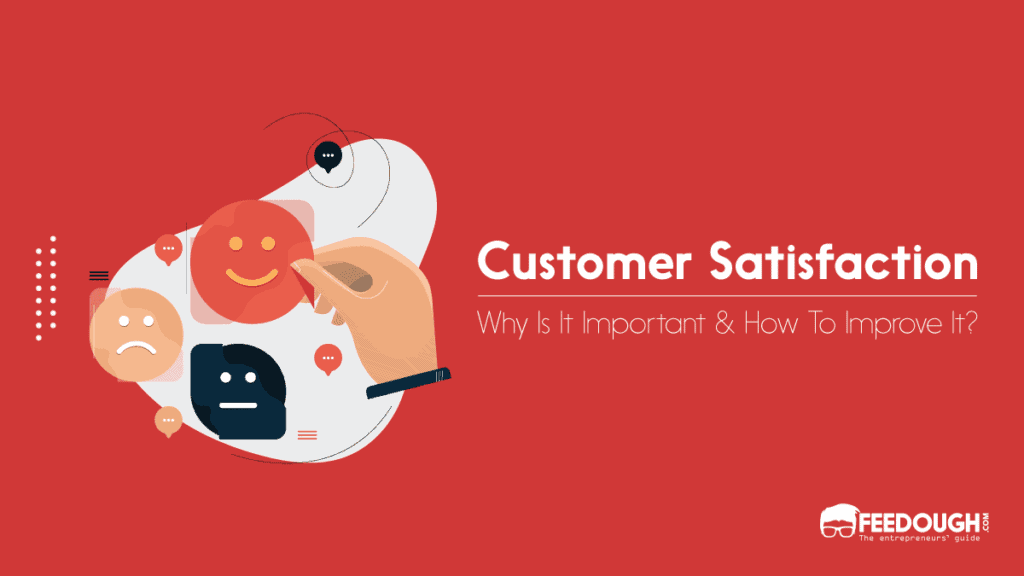
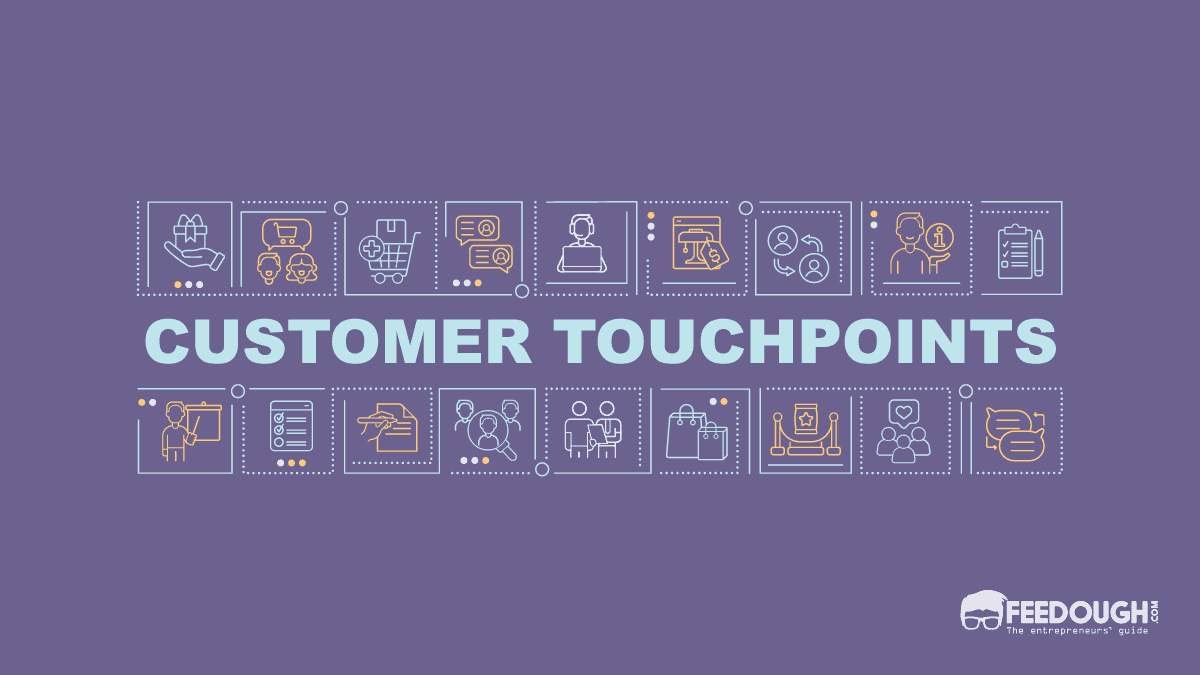


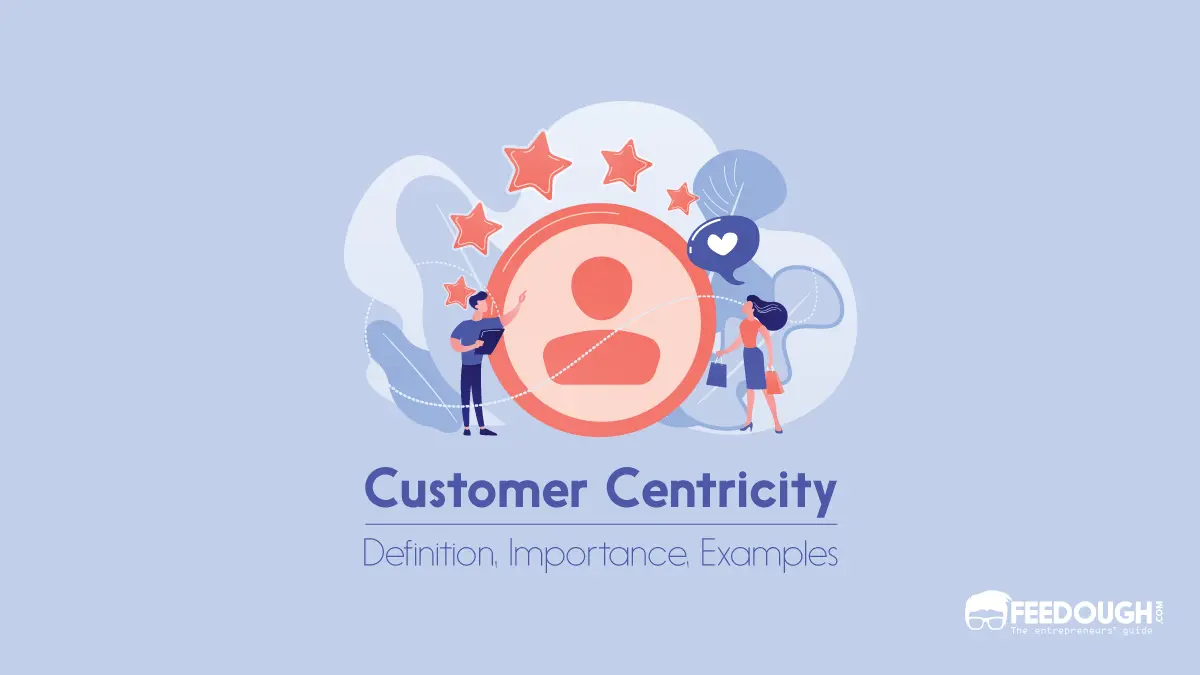
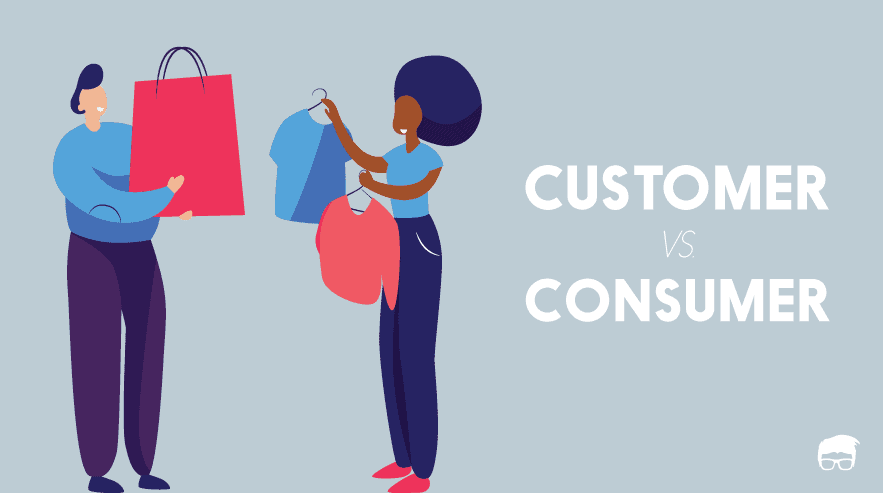
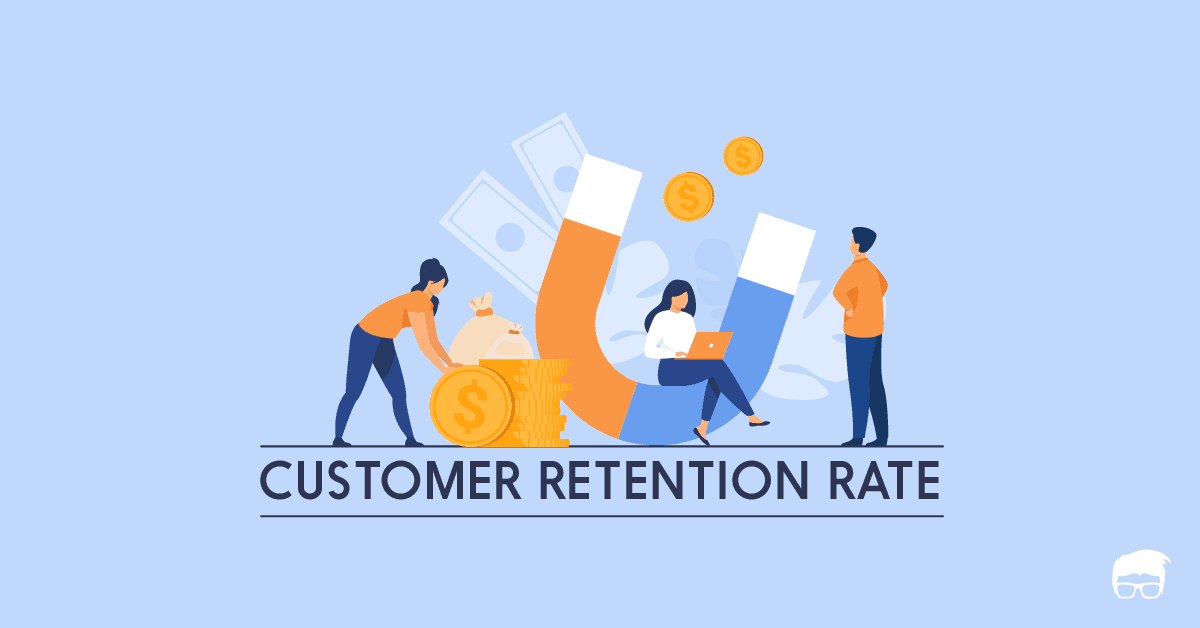
![How To Outsource Customer Service? [Detailed Guide] outsource customer service](https://www.feedough.com/wp-content/uploads/2022/09/outsource-customer-service.webp)
